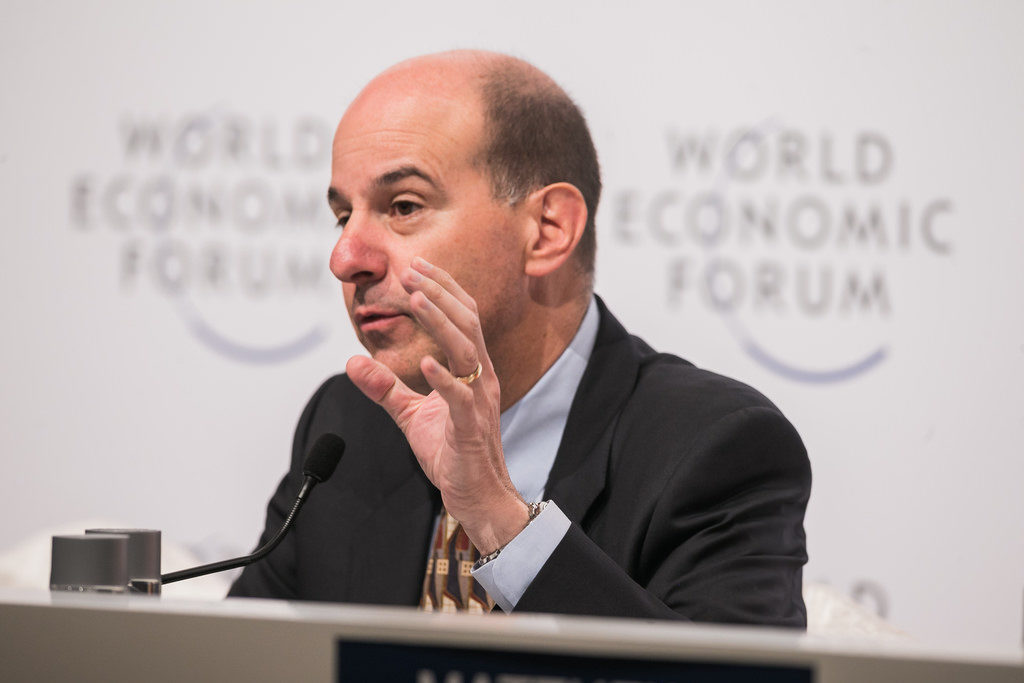Share the post "[David J. Kappos] Myth Number 6: IEEE’s Historical Standard-Setting Process Was Ineffective"
Below is the sixth of nine serialized essays examining current debates over technology, standards and standard-essential patents (SEPs) aimed at educating readers about an area of law and economics that is increasingly in the news. This essay has been adapted from a speech Mr. Kappos, former director of the U.S. Patent and Trademark Office and U.S. Undersecretary of Commerce, delivered in Taiwan in March at the International Symposium on Standards, SEPs and Competition Laws

David J. Kappos, former director of the USPTO
[email protected]
The sixth myth is that the historical standard-setting process employed by the Institute of Electrical and Electronics Engineers Standards Association (“IEEE-SA”) was so broken that the seminal SSO was mandated to change their approach. IEEE’s SSO is one of the largest and most impactful SSOs, having standardized both Wi-Fi and Bluetooth. IEEE-SA determined that their patent policy required an overhaul and made significant changes in 2015. These changes included specifically mandating the consideration of SSPPU theory in reasonable royalty rate determinations.
They also prohibited SEP holders from seeking an injunction against those who infringe SEPs until after negotiations have been attempted, an adjudication has been issued by a court and first-level appellate review has been concluded.
 The truth is that the IEEE system was not broken at all, and that there is no evidence these controversial policy changes were necessary or even prudent. Immediately prior to the implementation of the new guidelines, IEEE-SA had created 802.11—which we have all come to know as “Wi-Fi.” Perhaps the most successful standard in the history of mankind, and almost certainly the most successful IEEE standard, 802.11 has driven an explosion of connectedness and broadband access on a global scale.
The truth is that the IEEE system was not broken at all, and that there is no evidence these controversial policy changes were necessary or even prudent. Immediately prior to the implementation of the new guidelines, IEEE-SA had created 802.11—which we have all come to know as “Wi-Fi.” Perhaps the most successful standard in the history of mankind, and almost certainly the most successful IEEE standard, 802.11 has driven an explosion of connectedness and broadband access on a global scale.
Wi-Fi was present in 25% of homes worldwide by 2012—and by 2013, approximately 2 billion Wi-Fi-enabled devices had shipped. It is unclear why IEEE felt that its next act after what even IEEE itself has deservedly heralded as a seminal accomplishment, should be to discard the policies that drove their most successful creation in favor of new rules that appear to endorse implementers over innovators.
The Electronic Intellectual Property Center (“EIPC”) of China’s Ministry of Industry and Information Technology also issued a new draft template for intellectual property policies in the SSO context in 2015. EIPC’s template demonstrated similarities to the new IEEE policy with respect to injunctive relief and SSPPUs. It is often difficult to predict the full impact of a proposed policy change, and the full effect becomes apparent only later, often after major damage has been done. IEEE’s change quite affirmatively favors the interests of implementers of standards over the interests of innovators.
Will this cause less investment in innovation, and therefore give IEEE weaker technology to work with in its standardization efforts going forward, and thus less innovative standards and a slowdown in product improvements? Will it cause innovators to seek other venues in which to standardize their technology—venues more friendly to innovator interests or at least more balanced as between innovators and implementers?
In light of these risks, there is much to be said for the ageless sage advice: if it ain’t broken, don’t fix it. It is imperative that the IEEE-SA and other SSOs consider their policy moves carefully, so as to avoid ill-advised “updates” that cater to the interests of partisan lobbyists and run the risk of doing more harm than good.
A well-intentioned rule, designed to encourage negotiated agreements by reducing the prevalence of injunctions, might instead embolden infringers to employ delay tactics in their negotiations with patentees. Delays can be far more disruptive than regulators might initially realize, due to the ever-shortening half-life of new technologies. Policymakers should take pause before moving forward with these types of proposals and guidelines, lest a misstep create a ripple effect that cannibalizes a country’s future advancements.
Share the post "[David J. Kappos] Myth Number 6: IEEE’s Historical Standard-Setting Process Was Ineffective"


